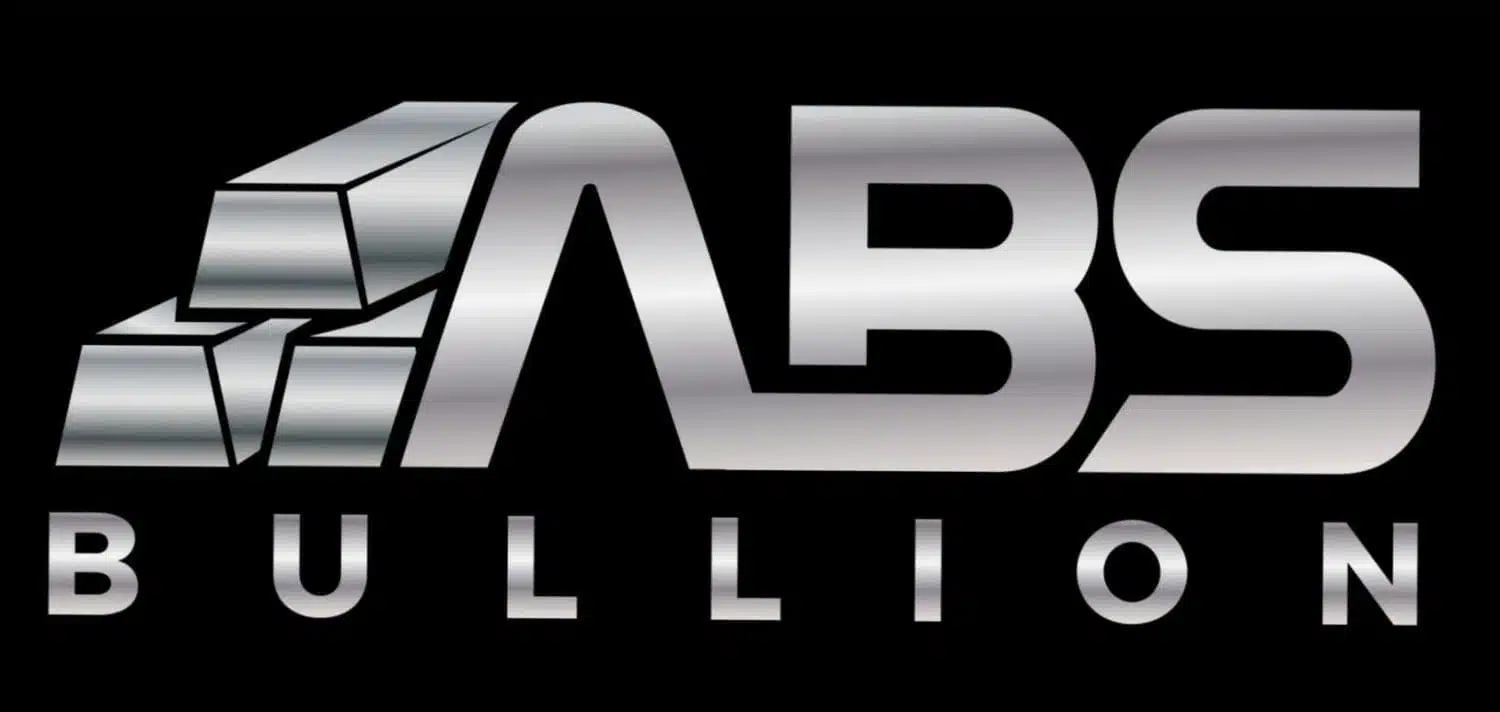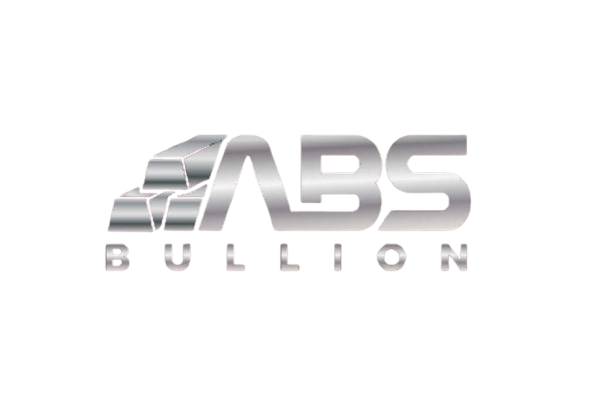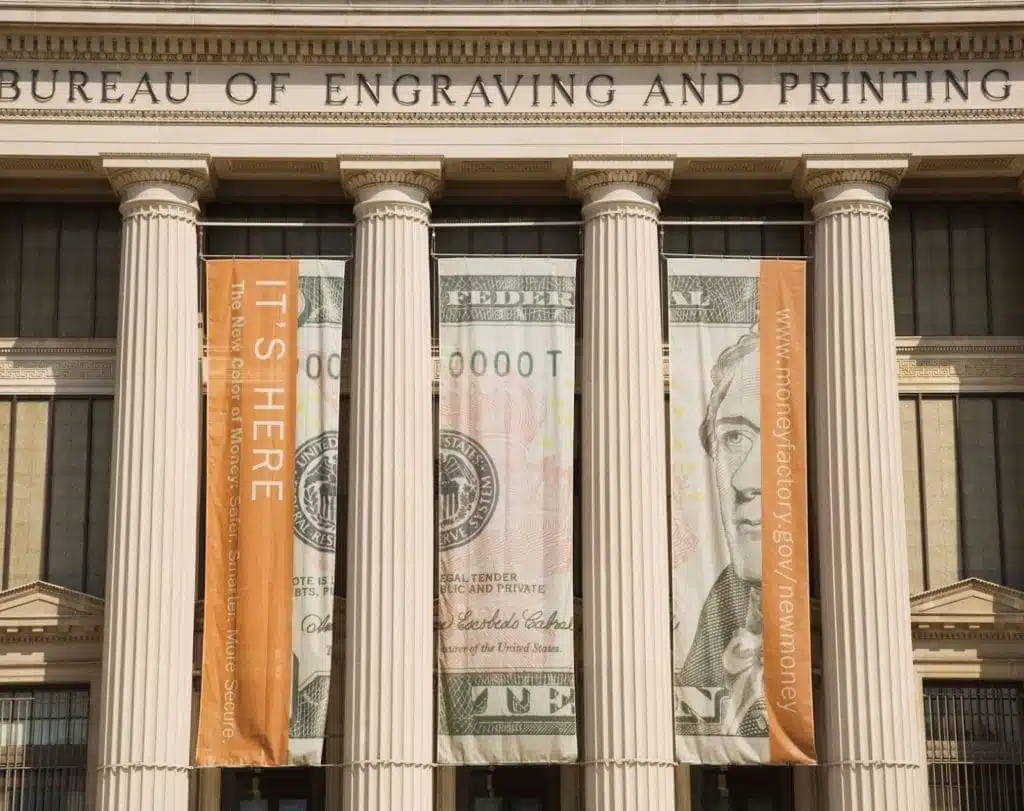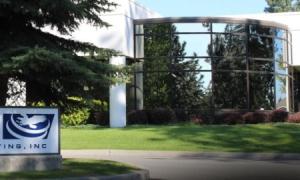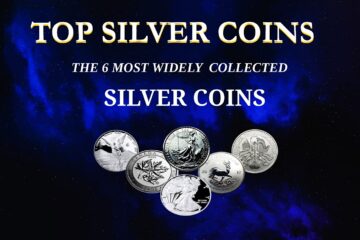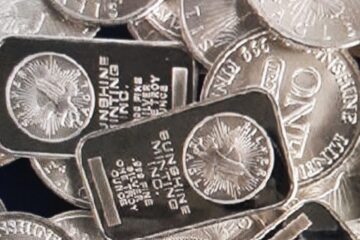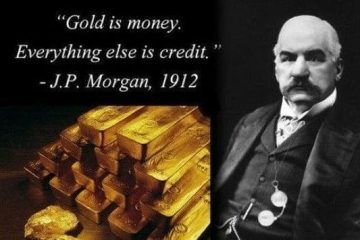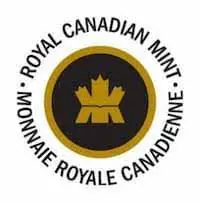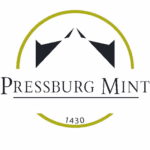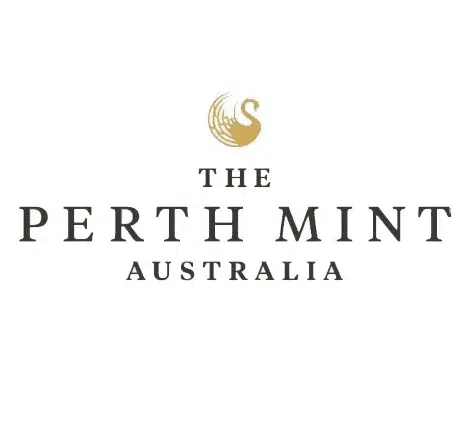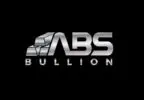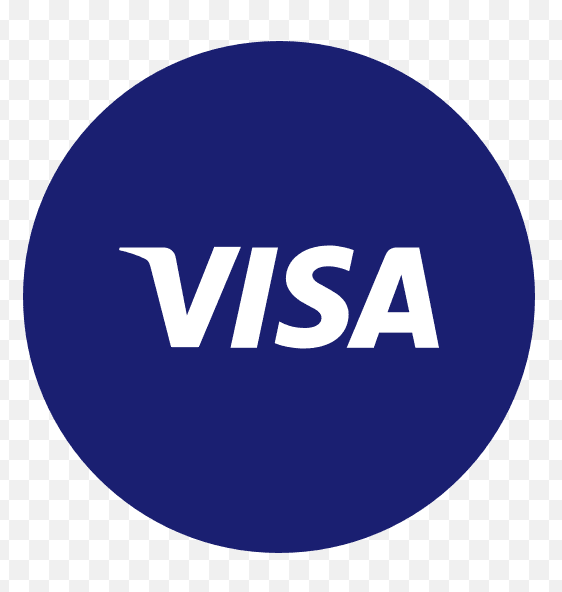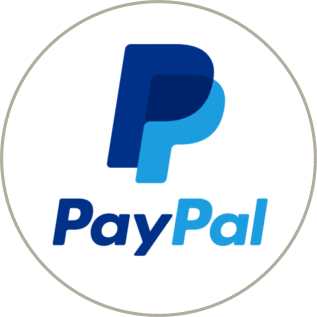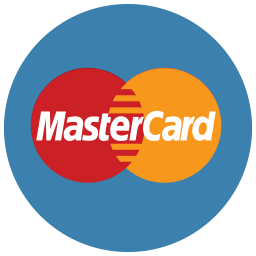For thousands of years, precious metals have been used as a form of currency. Mints, once called coinage factories, manufacture coins, bullion bars, medals, and medallions in a range of precious metals. Although mints in most countries are government operated, several countries also have privately owned mints, with many established over a thousand years ago.
The Royal Mint of England was founded in the 9th century and is among the worlds most prestigious mints. When it comes to size, the United States has the largest and most diverse precious metal industry. The four mints responsible for producing all U.S coins are the Philadelphia, Denver, San Francisco and the West Point mint. Some of the largest most prominent mints in the U.S such as the Scottsdale Mint, are privately owned and produce bullion not only in the U.S, but for many other countries around the world.
U.S MINT
Currency in the form of coins can only be issued by a government or a sovereign nation. They must also include a face value and a date. Although mint markings (the mark on a coin that indicates the mint where it was struck) are common, they aren’t necessary. The date and mint mark both serve as records of when and where the coins were produced. The Federal Reserve withdraws coins from circulation in order to replace worn coins with newly struck ones.
Gold and silver bars and rounds do not have legal tender status. They, like gold, derive their value from the precious metal content itself. Gold and silver bullion must meet certain requirements to be considered Investment grade bullion. The weight, purity, and precious metal content of all bullion items must be branded. Gold and silver bullion trade on the open market at much lower prices making them extremely popular investments.
Privately held mints have almost doubled since the last financial crisis. Although private mints are not permitted to create coins for their own country, numerous mints are licensed to produce coins for other countries. Scottsdale is one of the largest private mints in the United States, easily identifiable by their lion head logo. Although they exclusively manufacture bullion rounds and bars in the United States, they manufacture coins for over a dozen island nations, countries, and territories across the world.
SUNSHINE MINTING inc.
Sovereign mints rarely sell bullion to the general public. The US Mint does sell a range of coins intended for collecting. Typically, these are proof sets, commemorative coins, and medallions. Occasionally they will issue a special tribute coin or a set to the general public. However, this is rare, and obtaining them is difficult as it’s, first come, first served. Private mints, on the other hand, sell to the public directly on the open market. Many collectors and investors prefer to buy from private mints since the premiums on bars and rounds are lower than on coins.
So, how does the US Mint market bullion coins? The United States Mint developed a network of “authorized buyers” who can only buy from them. This was done primarily to ensure that coins were distributed equitably and that coin prices remained consistent. It basically works like this: The United States Mint buys blanks for a dollar over the spot price. The coins are minted and then sold to authorized buyers for a $2 premium. (There were 11 authorized buyers at the time of writing) Among the more well-known are Apmex, MTB, and Deutsche Bank. The authorized buyers sell them for a $2 or $3 markup to private dealers, wholesalers, banks, and coin shops. They are eventually sold to the general public… Visit the US Mint’s website for more information.
